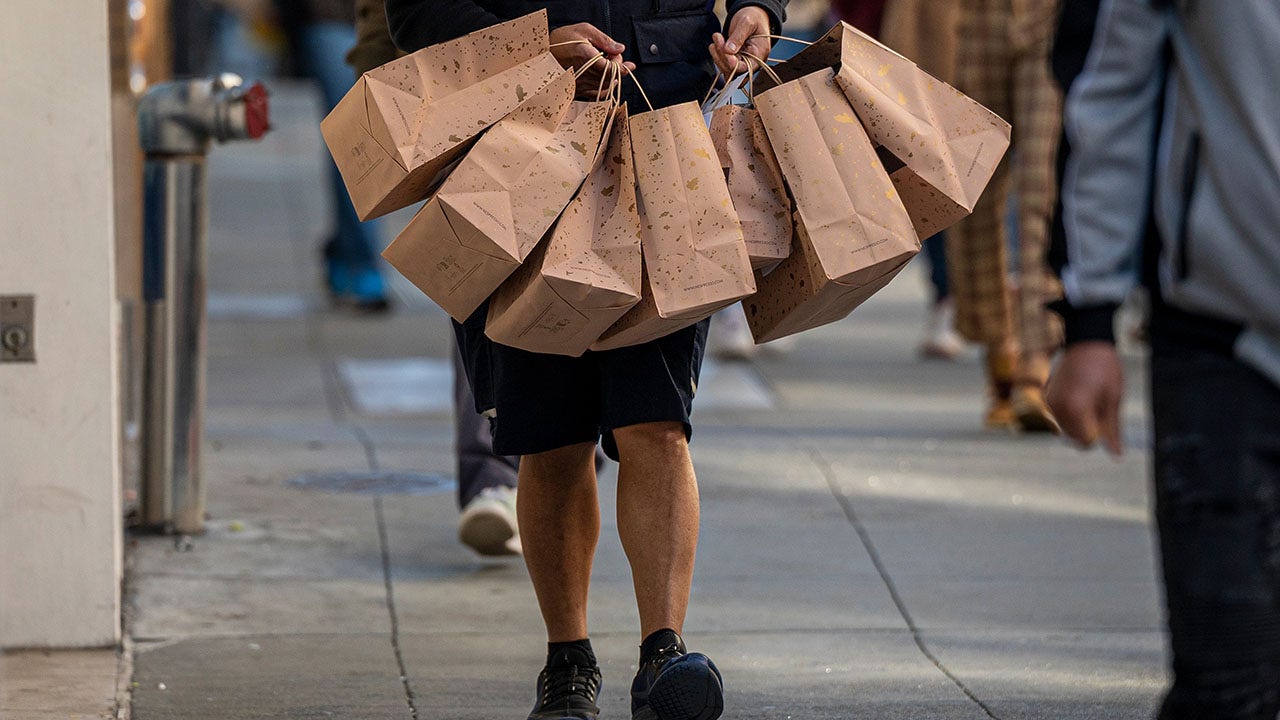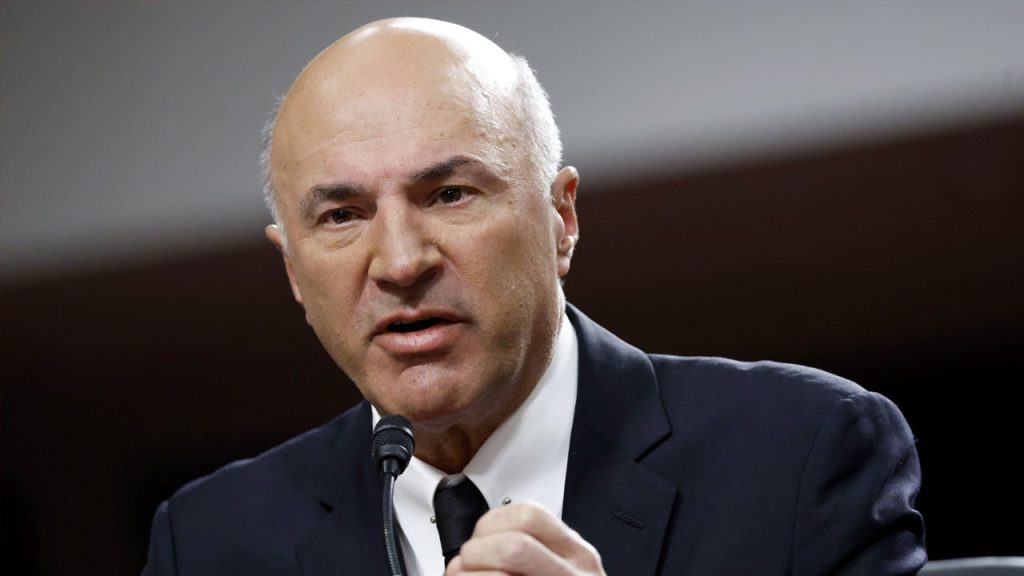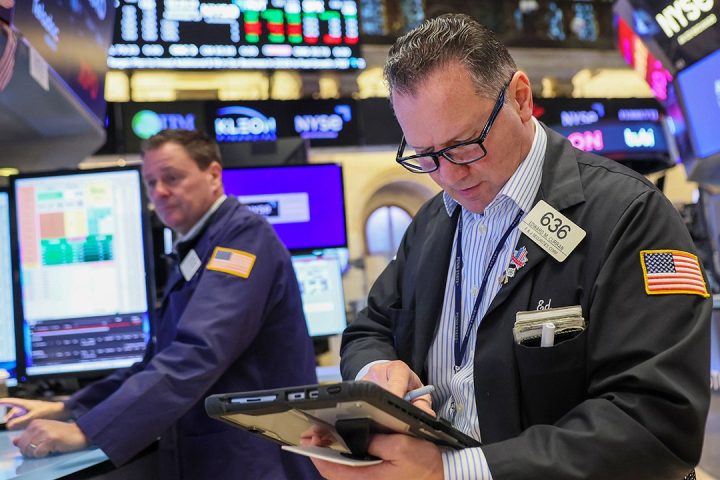Americans have continued to open up their wallets and spend over the past two years, even in the face of stubborn inflation and high interest rates.
However, there are some signs the willingness among consumers to keep paying steep prices is beginning to fade.
New data published by Wells Fargo indicates that while the U.S. consumer remains stable, credit card volume is “losing steam.”
Card volume, which measures spending by both credit and debit cardholders, came in at around $2.6 trillion during the three-month period between July and September, a 5.3% increase compared to the same time last year.
401(K) HARDSHIP WITHDRAWALS ARE SURGING AS HIGH INFLATION SQUEEZES AMERICANS
However, that represents a notable slowdown from the same time period during 2022, when card volume grew by 13%, and an even bigger drop from the third quarter of 2021, when it surged by 25%.
“After a strong 2021 and 2022, card volume growth has slowed during 2021, implying a moderation in consumer strength,” the Wells Fargo report said.
A solid job market and big wage increases have helped to buoy consumer spending in recent months, despite high inflation. However, many economists expect consumers to grow more cautious in the coming months as student loan payments resume and high interest rates continue to work their way through the economy. On top of that, more Americans are relying on their credit cards to cover necessities.
Credit card debt topped $1 trillion earlier this year while delinquencies surged to an 11-year high in August.
RISING CHILD CARE PRICES STARTING TO BITE US FAMILIES
Although inflation has cooled considerably in recent months, it remains up 3.7% compared with the same time one year ago, according to the most recent Labor Department data.

High inflation has created severe financial pressures for most U.S. households, which are still paying more for everyday necessities like food, gasoline and rent. The burden is disproportionately borne by low-income Americans, whose already-stretched paychecks are heavily affected by price fluctuations.
In October, Walmart — a bellwether for the retail industry and broader economy — warned that there is reason to be cautious about consumer spending in the latter half of the year. It cited risks to its potential profit margins, including the resumption of student loan payments, rising gas prices and high interest rates.
Walmart is not alone in its warning.
A number of brands and retailers could be hit by the spending reduction that accompanies the restart of student loan payments, including American Eagle Outfitters, Carter’s, Crocs, Foot Locker, Canada Goose, Gap, Nordstrom, Nike, Steve Madden, Under Armour and Victoria’s Secret, according to a recent UBS note.
Read the full article here






